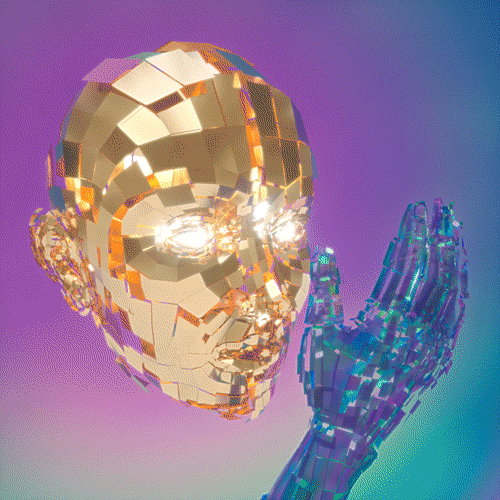New Week Same Humans #53
The Chinese version of TikTok has put a time limit on young users. Scientists fear toxic microbes may herald a new Great Extinction. Plus more news and analysis in this micro-instalment.
Welcome to the mid-week update from New World Same Humans, a newsletter on trends, technology, and society by David Mattin.
If you’re reading this and you haven’t yet subscribed, join 18,000+ curious souls on a journey to build a better shared future 🚀🔮
This week, an abbreviated version of the regular mid-week update.
That’s because I’m writing this from Heathrow airport, from where I’ll soon fly to Hamburg to speak at my first in-person conference since the pandemic began.
The event in question is the brilliant NEXT Conference, and it runs across this Friday 24 September. My talk is called The Worlds to Come; it’s about the emergence of the metaverse and what that will mean for our lives in the years ahead.
This year NEXT is being livestreamed online, and it’s free to watch; you can learn more and register here.
The agenda is stacked full of great speakers, including best-selling author Parag Khanna on global migration in the 21st-century, and Accenture Interactive’s Head of Innovation, Mark Curtis, on designing sustainable experiences.
I’ll be back on Sunday with the first ever NWSH expert guest post; I can’t wait for you to read it. In the meantime, here are some snippets that caught my eye, and informed my thinking, this week.
🗓️ This week
🧐 Facebook’s semi-independent Oversight Board wants the company to explain its controversial moderation policies. A recent WSJ investigation claimed Facebook gives special privileges to some celebrities and politicians, allowing them to post content that breaks the platforms rules.
🌊 A massive undersea transatlantic cable laid by Google has been brought ashore in the UK. The cable, called Grace Hopper, was landed on a beach in Cornwall and runs between New York, Bilbao in Spain, and the UK.
🌍 Jeff Bezos’s Earth Fund has pledged $1 billion to protect some of the world’s most vulnerable environments. Money will go first to initiatives for the Congo Basin, tropical Andes, and tropical Pacific Ocean. Amazon’s carbon footprint rose 19% last year and is immense: 60 million metric tonnes in 2020. That means the company is now responsible for more carbon emissions each year than Ireland.
⏳ Douyin, the Chinese version of TikTok, will start limiting young users to 40 minutes per day. This looks a lot like a preemptive measure to stop the CCP from imposing strict legal time limits on social apps. Back in New Week #50 I wrote on how China has introduced stringent new rules for young Chinese video gamers.
🤖 A new AI tool is discovering novel materials that could transform battery technologies and the search for sustainable energy. On Sunday, you’ll hear more about how AI is set to accelerate us out of the Great Stagnation.
🏭 China says it will not build any more coal-fired power plants overseas. If implemented, the move will put a near-stop to the construction of such plants in the developing world. Speaking at the UN, President Xi Jinping said his country would instead step up support for green energy in developing countries.
🦠 Toxic microbial blooms that thrived during the last great extinction event are on the rise again. These bacteria last thrived 251 million years ago during the Great Dying, which wiped out around 90% of all species on Earth. Scientists believe that carbon emissions, deforestation, and soil loss are fuelling this phenomenon.
Another World
Thanks for reading this week’s micro-instalment. Normal New Week service will be resumed next Wednesday.
And before that, on Sunday, I’ll be back with the first ever NWSH expert guest post.
In the meantime, enjoy the NEXT Conference online!
On the metaverse, my key message will be familiar to readers of this newsletter: to make sense of these new virtual worlds, see them through the lens of fundamental human needs. In other words, new world same humans.
Be well,
David.
P.S Huge thanks to Nikki Ritmeijer for the illustration at the top of this email. And to Monique van Dusseldorp for additional research and analysis.




